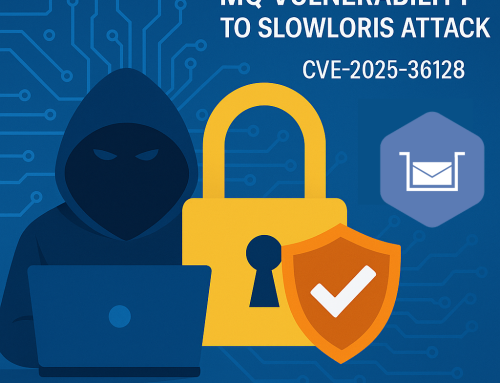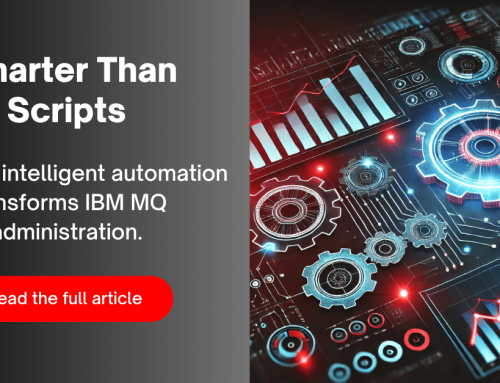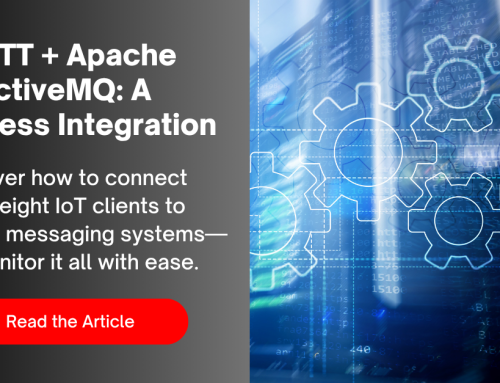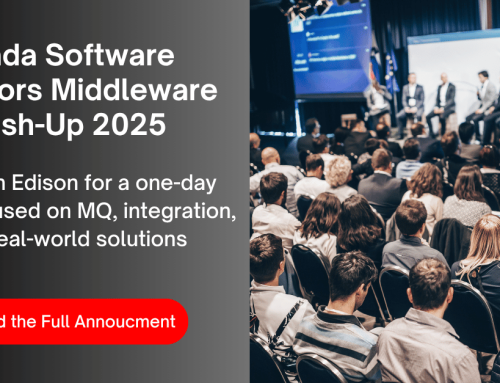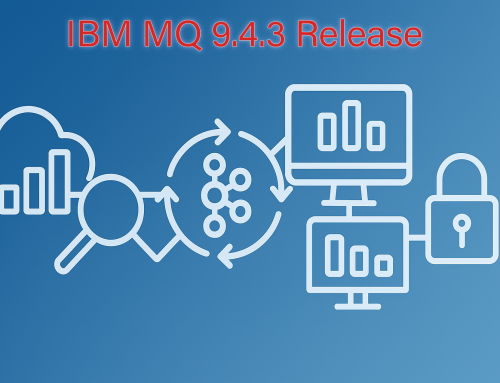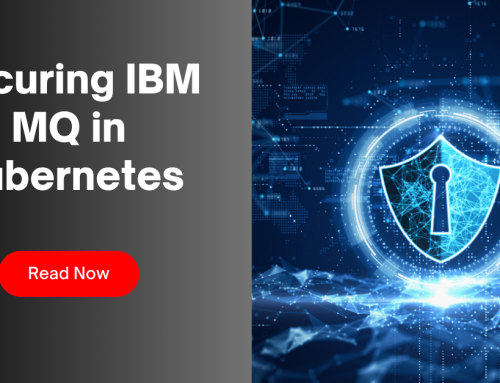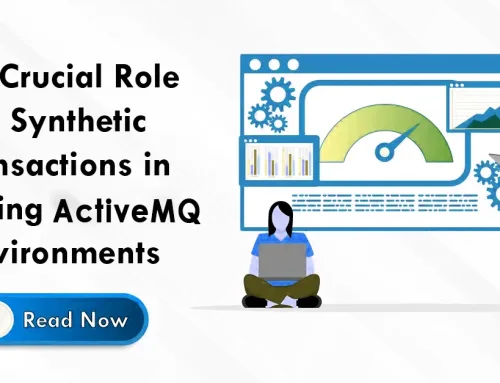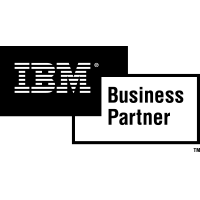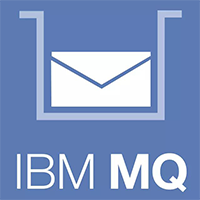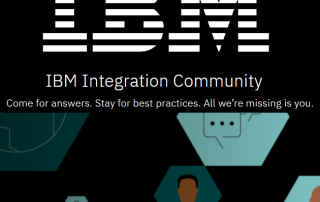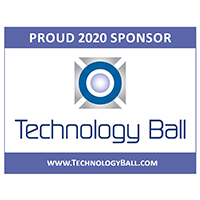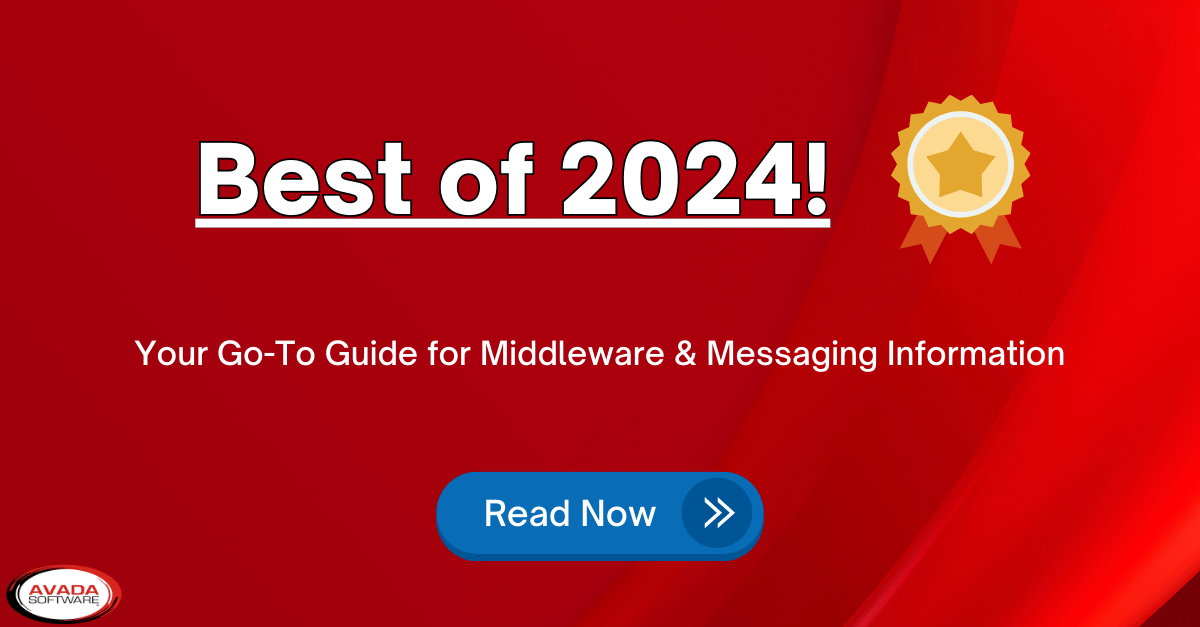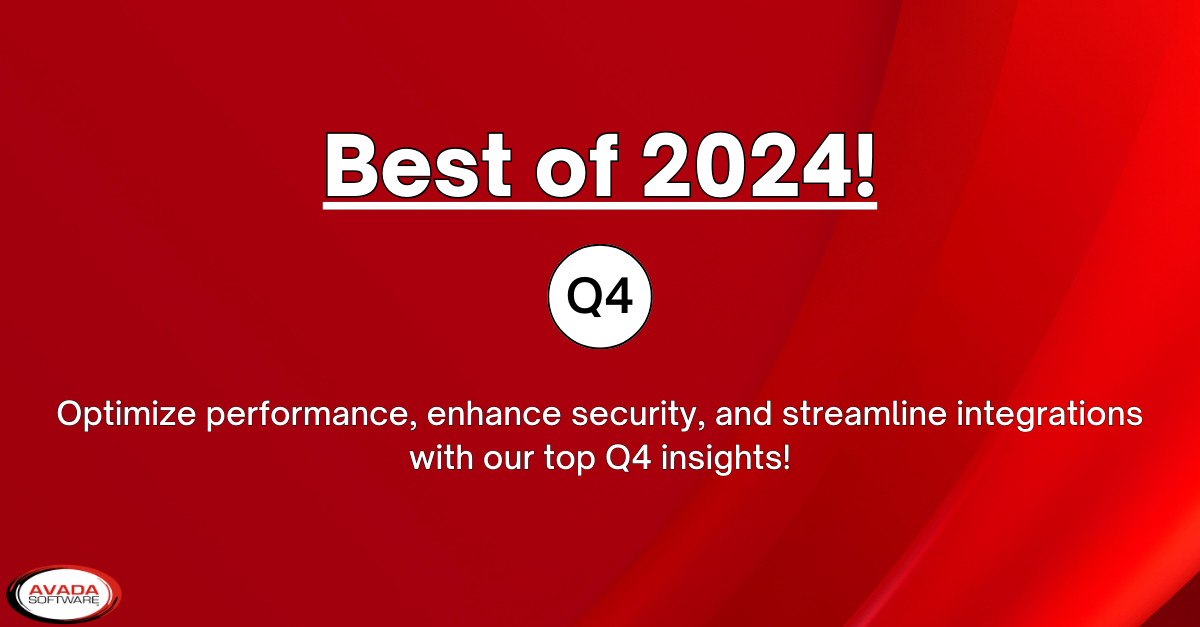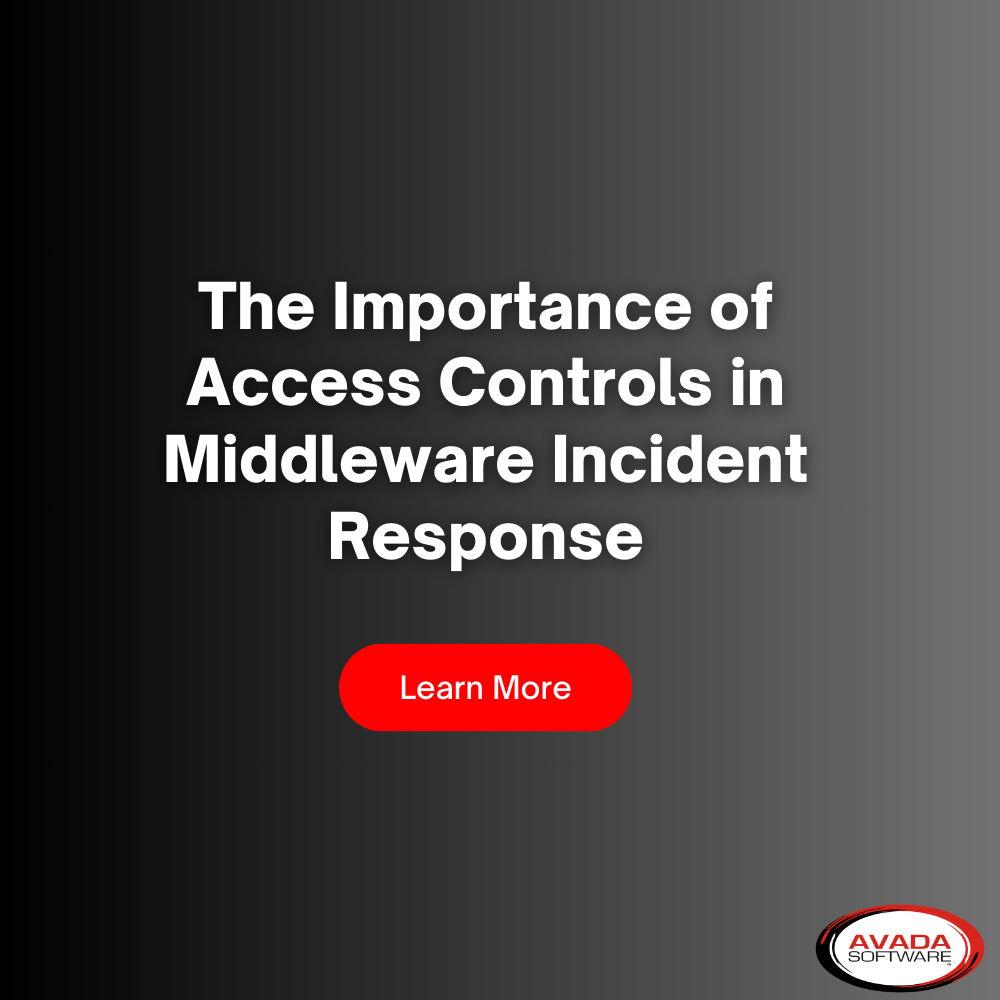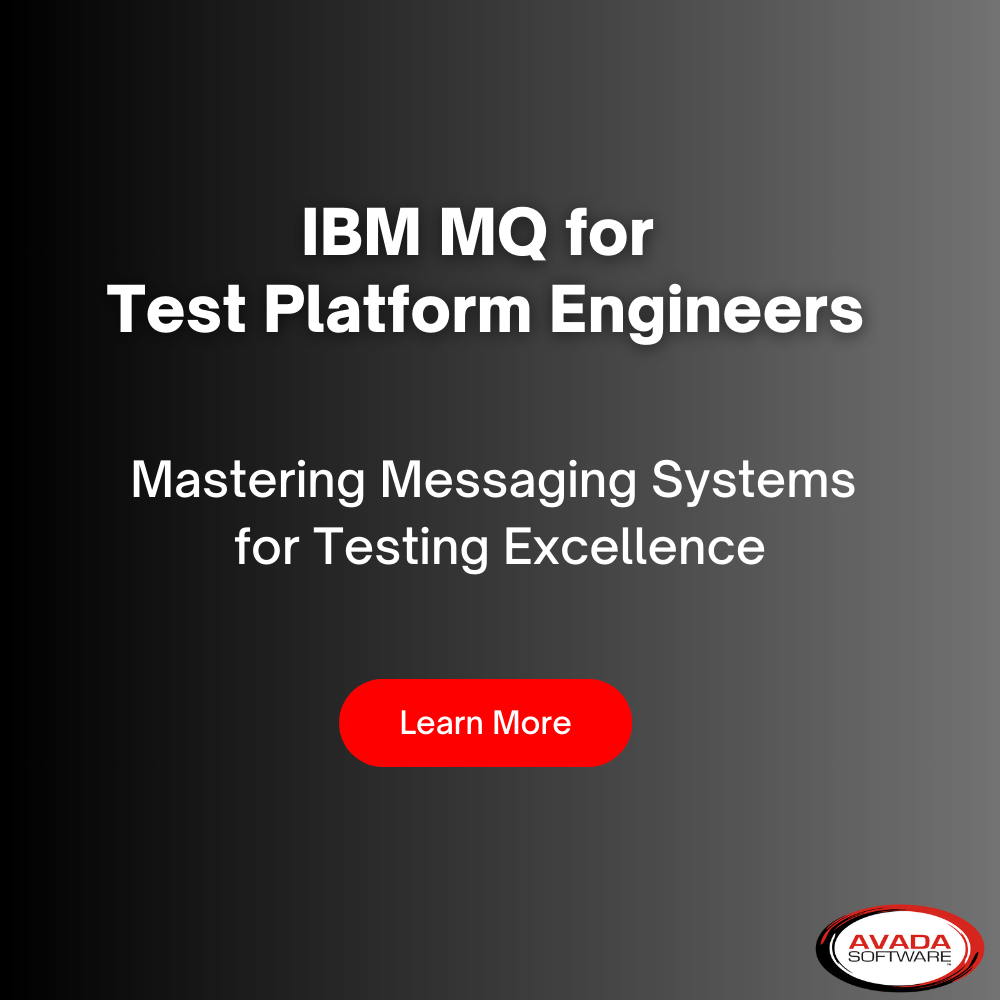- Monitoring the Middleware Tech Stack: Key Components
- Middleware Data: What to Measure
- Middleware Observability Insights: What You Need to Know
- Tackling Middleware Observability Challenges: Strategies for Success
- Integrating Middleware and IT Observability:
- Middleware Observability in Action: Driving Proactive Management
- Conclusion
Middleware Observability vs. General IT Observability – Understanding the Nuances
What’s the difference between Middleware observability and other IT observability?
IT operations and site reliability engineering (SRE) teams use infrastructure observability tools like Datadog and SolarWinds to understand the current state of their infrastructure, and the applications that run on them, at all times. For most companies, this means servers, microservices, and applications. Infrastructure observability typically deals with metrics like uptime, error rate, and number of requests.
This article delves into the distinct characteristics that set middleware observability apart from the broader spectrum of IT observability. The intricate middleware layer that powers modern applications demands specialized observability is vital for ensuring the health and performance of IT systems. Gartner defines it as is the ability to understand what is happening inside a system based on the external data released by that system. However, the unique demands of middleware environments, such as message queues and integration frameworks necessitate a specialized approach.
Monitoring the Middleware Tech Stack: Key Components
Middleware components, such as message queues, application servers, integration frameworks, and often gateway devices like DataPower or MQ Appliance, form a crucial part of the IT infrastructure. Unlike generic observability solutions that might primarily focus on servers, databases, or networks, middleware observability delves into the nuances of technologies like message-oriented middleware (MOM), Event Driven Architecture, and service-oriented architecture (SOA).
Middleware Data: What to Measure
Middleware observability often requires a finer level of granularity in the data collected. This involves tracking individual messages, understanding the intricacies of message flows, and identifying bottlenecks or anomalies within the middleware components. General IT or data observability solutions do not provide this level of detailed insight into the inner workings of middleware technologies.
Middleware Observability Insights: What You Need to Know
Middleware components are integral to ensuring seamless communication between applications, making their proper functioning critical for overall system health. Observability in this context demands insights into more than just message processing times and queue depths. An infrastructure professional needs to:
- Easily compare queues
- Rapidly search thousands of messages by handle
- Configure complex alerts based on detailed message data
- Track event correlations across distributed systems
This specificity goes beyond what traditional infrastructure or data observability tools offer.
Tackling Middleware Observability Challenges: Strategies for Success
Middleware environments present unique challenges, such as dealing with asynchronous communication, tracking message transactions, and handling various protocols. Tailoring observability solutions to address these challenges involves specialized tools and techniques. Employing the right specialized tools and techniques helps overcome these challenges and ensure smooth middleware operation.
Integrating Middleware and IT Observability:
While middleware observability requires a specialized focus, it must integrate seamlessly with broader IT observability practices. This integration ensures a holistic approach to monitoring, allowing organizations to detect and resolve issues spanning both middleware and other IT components.
Middleware Observability in Action: Driving Proactive Management
Observability is essential for maintaining complex systems like enterprise middleware, but it’s only valuable when paired with actionability. This is especially true in message-oriented middleware environments and event driven architectures. In these types of environments, the ability to respond at the speed of light is critical to preventing huge consequences to the business. In today’s cost-centric IT setting, most analyst firms like Gartner endorse a cost optimization approach to spending control. Therefore, a single-task solution like an observability platform is not a smart investment. A middleware management solution offering both observability and administration capabilities (like alert response automation, starting stopping queues, moving messages, etc.) maximizes investment value.
Conclusion
Middleware observability stands as a specialized domain within the broader landscape of IT observability. For organizations relying on intricate communication mechanisms, understanding its unique requirements and prioritizing specialized solutions is crucial to ensure the reliability and performance of their applications and services.
For more information, see our guide to middleware monitoring
More Infrared360® Resources

